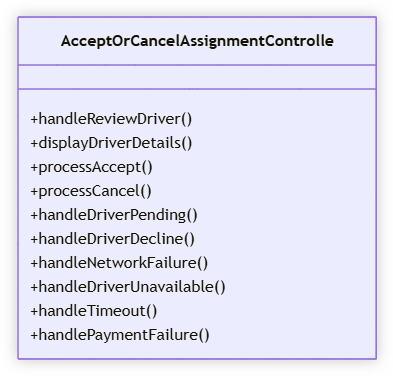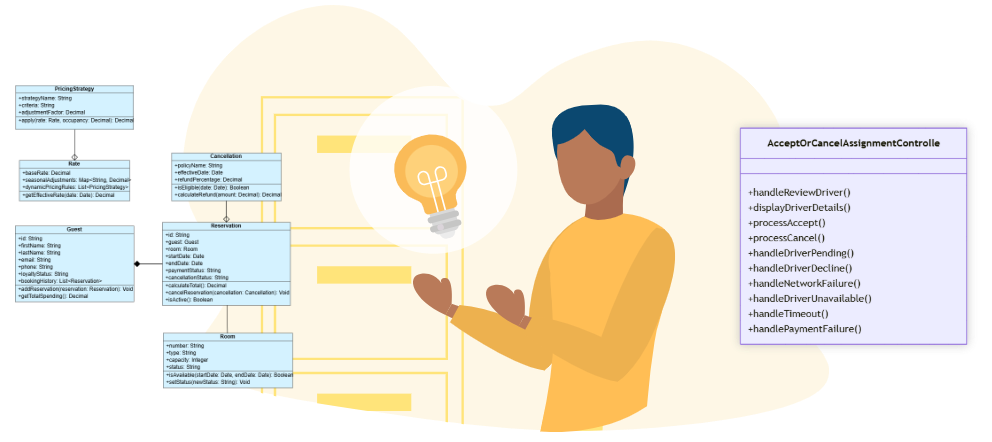Now Reading: Learn More About Controller Class Diagram | Beginner’s Guide to MVC Design
-
01
Learn More About Controller Class Diagram | Beginner’s Guide to MVC Design
Learn More About Controller Class Diagram | Beginner’s Guide to MVC Design
A Controller Class Diagram is a specialized diagram used in MVC (Model–View–Controller) architecture to represent the controller layer of a system. Unlike standard UML class diagrams that cover the entire structure of a system, controller class diagrams focus only on the classes responsible for handling interactions between the user (view) and the business logic (model).
The Role of Controllers in MVC
In the MVC design pattern, controllers act as coordinators:
- They receive input from the view (user actions).
- They interpret those actions and update the model accordingly.
- They then direct the view to update its presentation.
A Controller Class Diagram captures this middle layer, giving a clear picture of how user requests flow into structured system operations.

How It Differs from a Standard UML Class Diagram
While a UML class diagram describes all structural elements (entities, attributes, associations), a controller class diagram is more selective:
- It highlights only the controller classes.
- It emphasizes responsibilities and operations tied to system interactions.
- It bridges behavioral diagrams (like sequence diagrams) and structural design.
Think of it as a filtered view of a larger UML model, zooming in on the decision-making layer of the system.

Why Controller Class Diagrams Matter
Controller diagrams are valuable because they:
- Make responsibilities explicit.
- Help maintain a clean separation of concerns in MVC.
- Provide a bridge between requirements (captured in use cases and sequences) and system implementation.
- Support consistency when scaling systems or refactoring architecture.

